Outer Space & Universe
Outer Space & Universe
Space, also known as outer space, is the near-vacuum between celestial bodies. It is where everything (all of the planets, stars, galaxies and other objects) is found.
On Earth, space begins at the Kármán line (100 km above sea level). This is where Earth's atmosphere is said to stop and outer space begins. This is not a firm boundary but is a convention used by scientists and diplomats.
Items in space are free to move back and forth; up and down; and left and right. These three dimensions are what make 3D space. Items also move forward through time, which is sometimes called the fourth dimension.
The majority of space contains very little matter and so most of it is a vacuum. Scientists do not know how big space is but we do know that space is extremely big, and is always expanding.
According to the big bang theory, all matter and energy in the Universe was compressed into a very small space. Then it exploded and started expanding. Space is still growing in size today; this means the distance from one galaxy to distant galaxies is getting longer.
Gravity is the force that keeps the Moon in orbit around the Earth and the planets in orbit around the Sun. Gravity can stretch and bend space similar to how a heavy ball placed on a stretched sheet of rubber will cause the rubber to stretch. The scientist who discovered that space can bend is named Albert Einstein. How gravity bends space is part of his theory of general relativity.
Astronauts, Cosmonauts, Taikonauts and Spationauts
An astronaut is any person who is trained by NASA to travel and perform tasks in space. Although the space traveler may not necessarily be a United States citizen, each astronaut does go through a rigorous training regiment by the National Aeronautics and Space Administration. Other space travelers go by other names then astronaut depending on their country of origin.
In the United States, astronaut is derived from the Greek words ástron (star) and nautis (sailor). While, in Russia, a space traveler goes by the name космонавт (English: cosmonaut), which is derived from the Greek words kosmos (universe) and nautis (sailor). Westerners call a space traveler from China a taikonaut, based on the 1998 writings of Chiew Lee Yik and Chen Lan where the term tàikōng (great emptiness), Chinese for “space”. In China, the term yuháng yuán (universe navigator) is used for space traveler.
Only the United States of America (United States), Russia (earlier, the Union of Soviet Socialist Republics), and the People’s Republic of China (China) have sent manned spacecraft into space. Other countries have assisted these countries by sending their own space travelers on space missions. For instance, a French space traveler is called a spationaut (from the French word spationaute), which is derived from the Latin spatium (space) and Greek nautis (sailor). (plural in Greek nautes = sailors)
-
10:49
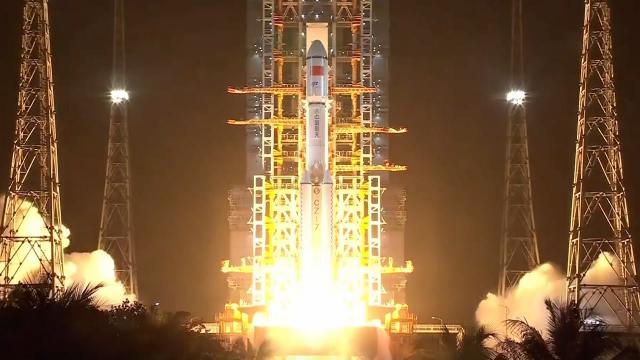
China launches Tianzhou-7 cargo spacecraft to Tiangong space station
Added 140 Views / 0 LikesA Chinese Long March 7 rocket launched the Tianzhou-7 cargo spacecraft to the Tiangong space station from the Wenchang Satellite Launch Center on Jan. 17, 2023. Credit: China Central Television (CCTV)
-
02:44
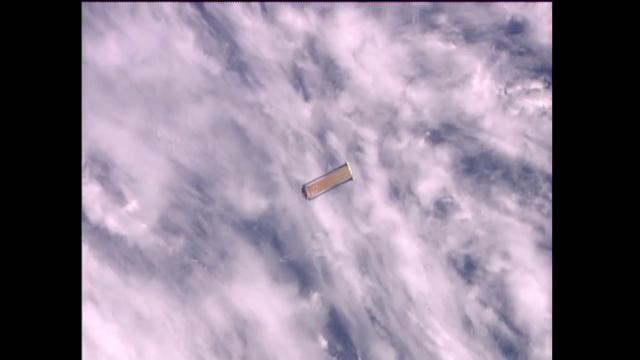
Farewell ROSA! Space Station Lets Go of Roll-Out Solar Array After Retraction Fail
Added 679 Views / 0 LikesFarewell ROSA! Space Station Lets Go of Roll-Out Solar Array After Retraction Fail
-
00:31
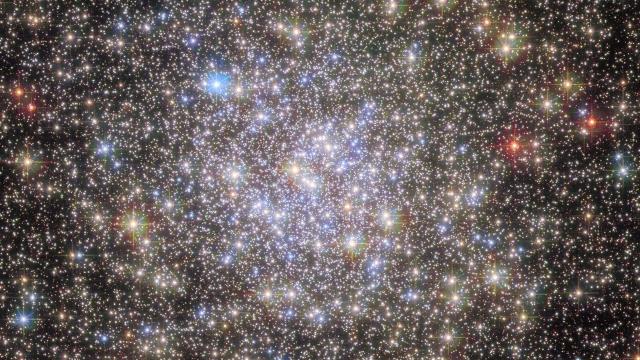
Stunning globular cluster NGC 6355 captured by Hubble
Added 185 Views / 0 LikesNGC 6355 has been imaged using NASA's Hubble Space Telescope. The globular cluster of stars lies 50,000 light-years away.Credit:ESA/Hubble & NASA, E. Noyola, R. CohenMusic: Stellardrone - Billions and Billions
-
01:14
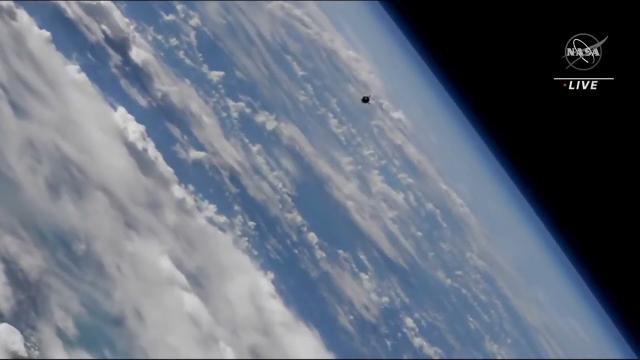
Crewed soyuz approaches space station in stunning over Earth view
Added 268 Views / 0 LikesWatch the Soyuz MS-21 spacecraft carrying Russian cosmonauts Sergey Korsakov, Oleg Artemyev, and Denis Matveev approach the International Space Station on March 18, 2022. Watch the launch: https://www.space.com/soyuz-ms21-cosmonauts-launch-space-stationCr
-
02:02

Christmas Eve From Lunar Orbit - Apollo 8 Flashback | Video
Added 872 Views / 0 LikesChristmas Eve From Lunar Orbit - Apollo 8 Flashback | Video
-
07:55
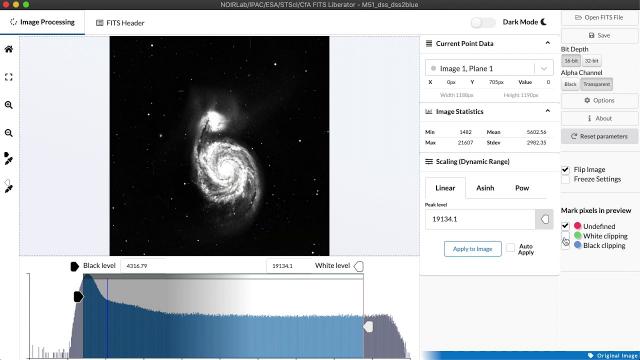
FITS Liberator Basics instruction video
Added 239 Views / 0 LikesMore information and download options: http://esahubble.org/videos/ann2104a/Credit:NASA & ESA
-
02:48
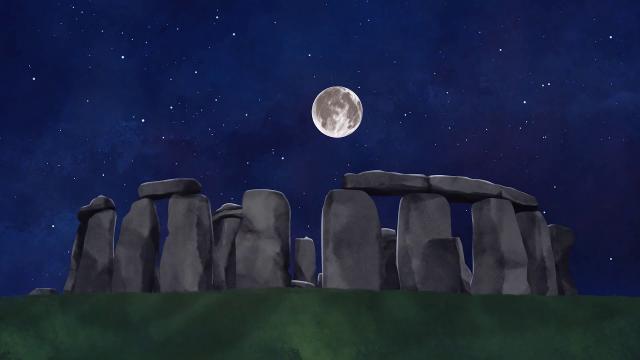
Sept. 2019 Skywatching: Moon, Equinox and Where’s Mars?
Added 409 Views / 0 LikesLearn where to see the Moon and why you won’t be seeing Mars in this September 2019 skywatching guide from NASA’s Jet Propulsion Laboratory. -- Best Telescopes for the Money: https://www.space.com/15693-telescopes-beginners-telescope-reviews-buying-guide.
-
00:44
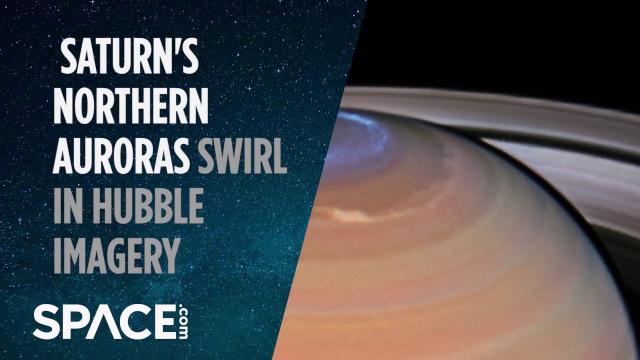
Saturn’s Northern Auroras Swirl in Hubble Imagery
Added 455 Views / 0 LikesA series of spectacular images from the Hubble Space Telescope show whirling auroras at the north pole of Saturn.Credit: NASA, ESA & L. Lamy / mash mix: Space.com
-
00:30
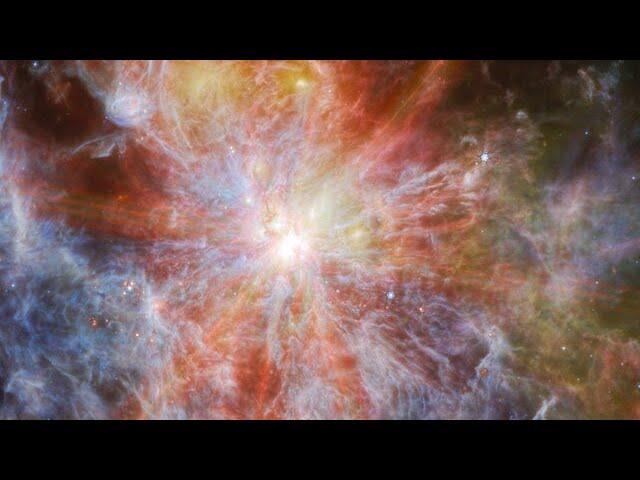
Pan of S1 N79
Added 101 Views / 0 LikesThis image from the NASA/ESA/CSA James Webb Space Telescope features an H II region in the Large Magellanic Cloud (LMC), a satellite galaxy of our Milky Way. This nebula, known as N79, is a region of interstellar atomic hydrogen that is ionised, captured
-
04:58

Why President Trump & the Americas cannot build "The Wall".
Added 669 Views / 0 LikesWhy President Trump & the Americas cannot build "The Wall".
-
09:16
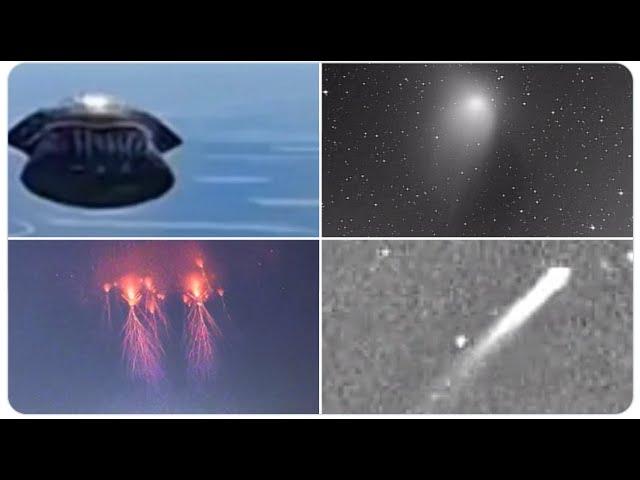
Two Inner Solar System Comets, Sprites & a UFO*! + ICE STORM South USA & Major New Zealand floods!
Added 178 Views / 0 LikesThere a whole lot happening right now.Stay cool.God bless everyone,T LEWISONhttps://www.paypal.me/THORnewshttps://venmo.com/TEric-Lewison$THORnews on CashApphttps://www.patreon.com/thornews
-
01:35
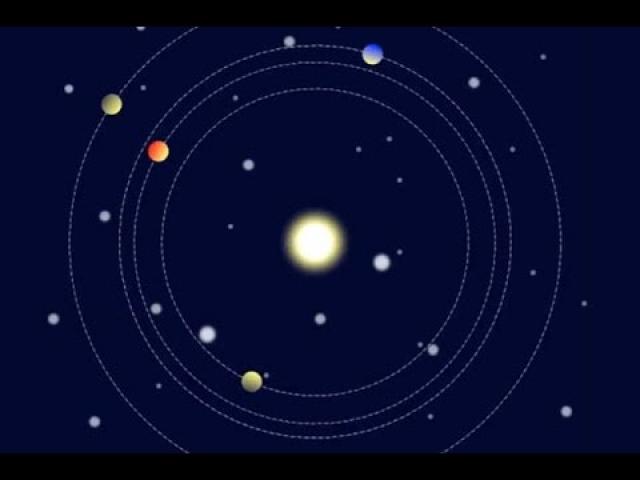
Planets Orbit in 'Perfect Synchrony' - Kepler-223 Star System | Video
Added 810 Views / 0 LikesPlanets Orbit in 'Perfect Synchrony' - Kepler-223 Star System | Video
-
02:46
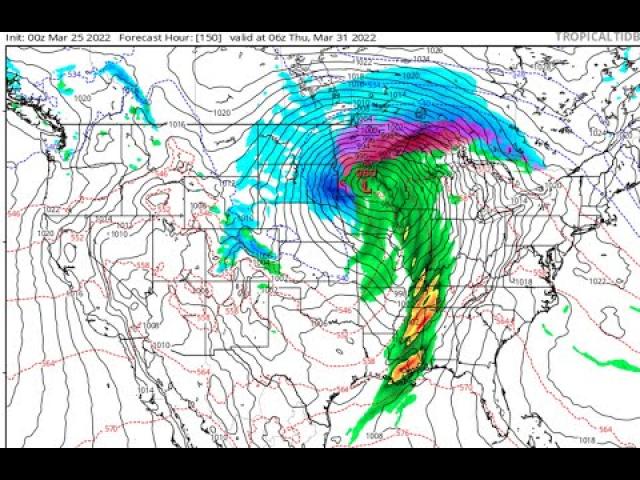
The Next* BIG* Storm USA: End of March?!*
Added 107 Views / 0 LikesHEY WEATHER NERDS I THINK THIS IS INTERESTING.may God bless you & everyone else.Stay Cool.Spring 2022T
-
01:20
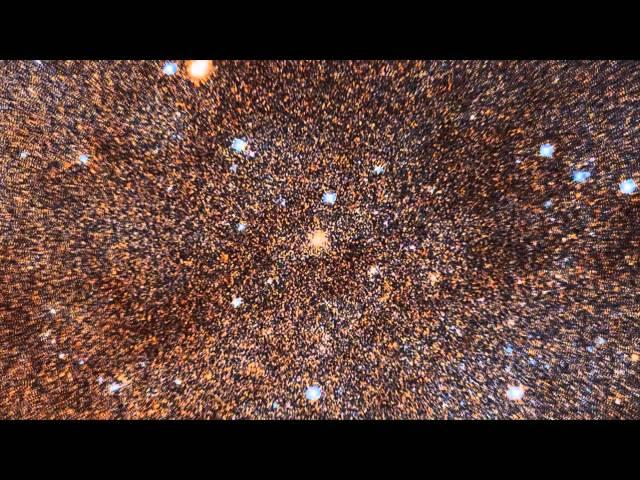
Hubble's Andromeda Galaxy Image Shows Over 100 Million Stars | Video
Added 885 Views / 0 LikesHubble's Andromeda Galaxy Image Shows Over 100 Million Stars | Video
-
03:10
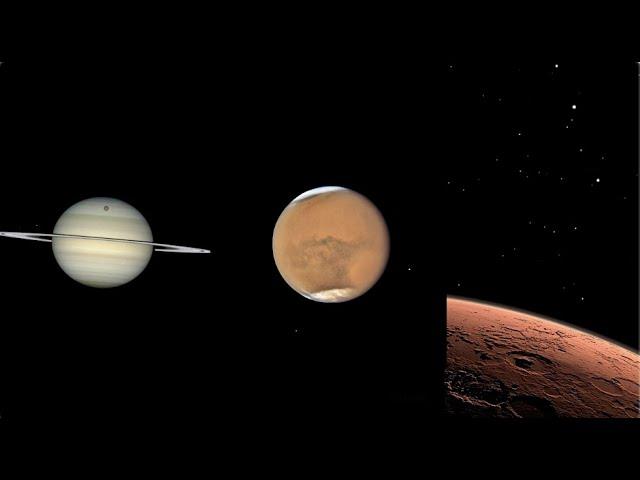
Planets and the moon in July 2020 skywatching - How to find them
Added 364 Views / 0 LikesJupiter, Saturn and the moon are prominent in the night sky early in the month, Also, find out where to find Mars in the month that NASA and others may launch to Red Planet. Night Sky Guide: July 2020: https://www.space.com/16149-night-sky.html)Credit: NA
-
01:03
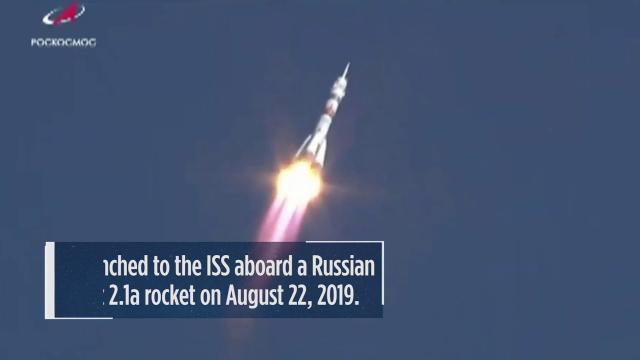
Russia's Humanoid Robot on Space Station - Plays With Drill, More
Added 399 Views / 0 LikesRussia's humanoid space robot Skybot F-850, aka FEDOR, is demonstrating its abilities on the International Space Station. Story: Meet Skybot F-850, the Humanoid Robot: https://www.space.com/russia-launching-humanoid-robot-into-space.htmlCredit: Space.com
-
01:02
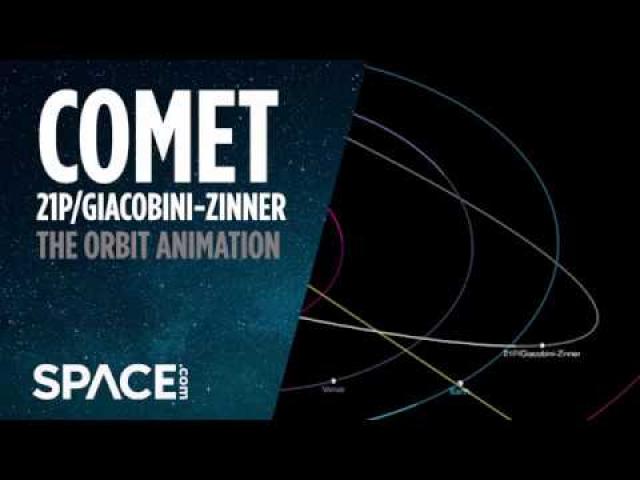
See Comet 21p/Giacobini-Zinner Zip By Earth in Orbit Animation
Added 473 Views / 0 LikesComet 21p/Giacobini-Zinner is a highlight of September 2018 skywatching. See its orbit in this animation. -- Learn more about the comet: https://www.space.com/41701-labor-day-comet-21p-slooh-webcast.htmlCredit: Space.com / animation courtesy: NASA/JPL-Cal
-
01:42
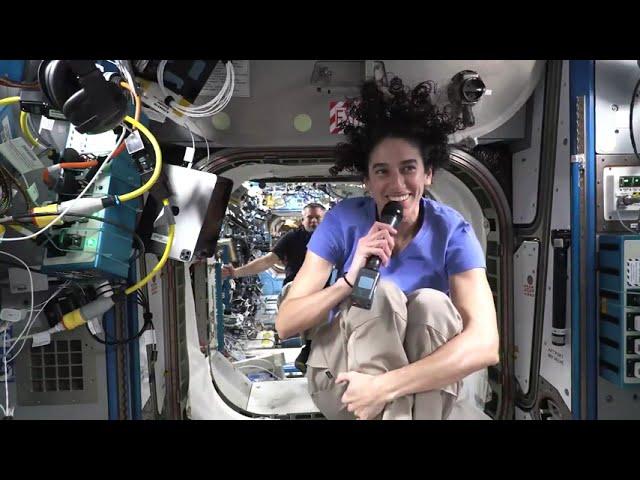
What happens to astronauts during space station reboosts? Crew demonstrates
Added 110 Views / 0 LikesInternational Space Station crew members demonstrate their motion during a recent reboost of the oribal outpost. NASA astronaut Jasmin Moghbeli explains. Credit: NASA / Jasmin Moghbeli
-
02:49
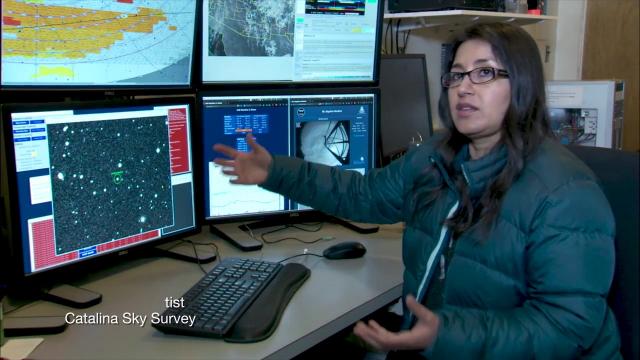
Defenders of Planet Earth - Survey Telescopes That Spot Asteroids
Added 655 Views / 0 LikesDefenders of Planet Earth - Survey Telescopes That Spot Asteroids

